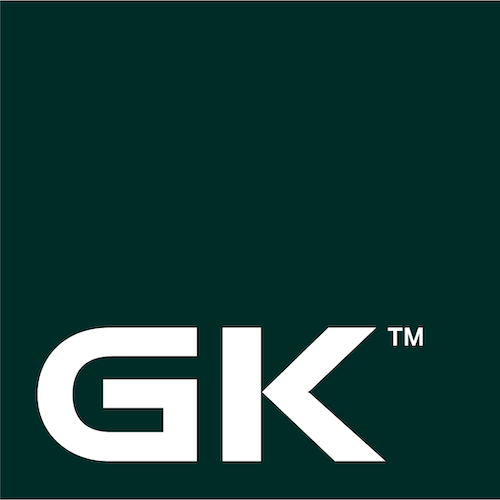Judging by the optimistic sentiments with which the textile industry has started the year, it is possible to assure that fabrics in general will do better in 2022. The recovery in demand and a better performance in the last three months of 2021 have given new wings of optimism to the industry.
For Latin America, the fashion industry will be an important point of recovery for the sector, and according to experts the region will be ready to recover throughout the year, with fashion sales exceeding 2019 levels by 3%, according to The State of Fashion 2022 report by McKinsey.
The recovery will be stronger in China and the United States, but the Latin American textile industry will also grow again. Supply chain pressures will be the main challenge, posing a risk to the pace of the recovery as many of the companies are expected to raise their prices.
Important players appear in this context, one of them in Central America. It is GK, the leading company in the textile sector, with a presence in Honduras, Guatemala, Mexico, and the United States, which leads the industry thanks to such important companies in its textile division as Karim Textiles, a company a manufacturing company located in the state of Campeche, and AMMAR Apparel, a manufacturing company in the city of Calkiní.
It is partly because of these actors that the continent’s industry has been praised, and the keys to its success are:
A good incorporation to the globalized market and the reduction of costs
Over the course of the last three decades, the textile industry has become increasingly globalized, with processes sometimes dispersed across dozens of countries. Latin American manufacturers have not only nimbly jumped on the global textile trade bandwagon, but have also sought ways to cut costs while keeping up with accelerating changes in consumer tastes.
The quest to reduce production costs, largely in response to depressed consumer demand in the past year, has undoubtedly been an initial impetus for the strong performance of the industry in the region. Since then, companies have turned to cost minimization to shape the sourcing decisions of fabric retailers.
Leveraging Supply Shift Trends in China to Latin American Operations
Technological changes and new sourcing practices, largely as a result of changes in global consumer demand patterns, have increased the attractiveness of production centers located in other parts of the world away from China and other Asian countries.
Consequently, strategies based on cost reduction and technological improvement in developing countries have made companies in the Latin American region prosper in this market, among which the Karim’s Group stands out. At the same time, that intense competition has forced other retailers to offer low prices and high quality to keep customers, encouraging the concentration of business in the region.
New and improved management practices
Another of the keys to success in the production of Latin American textiles has been the emergence of new management practices to face the challenges arising from changes in demand patterns. Low inventory stocks by retailers of an ever-increasing range of products have created a need for rapid order replenishment and frequent but smaller shipments.
Managing these changes well has put pressure on other manufacturers in other regions that have not been able to adapt as well, such as India, with companies that could no longer plan production well in advance and work according to predictable guidelines.
The keys to the success of the Latin American industry have already been consolidated as flexible production techniques that respond well to rapid changes in global trends.
